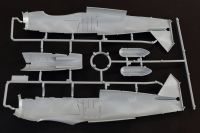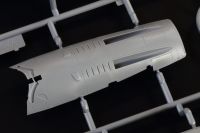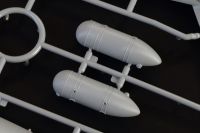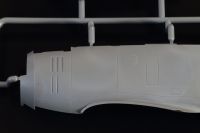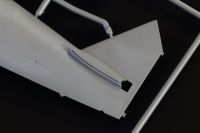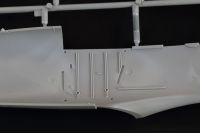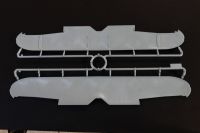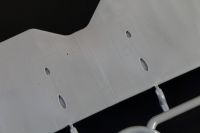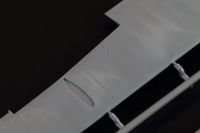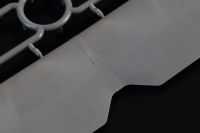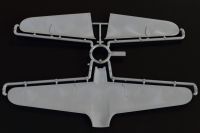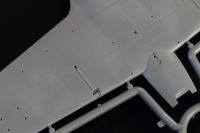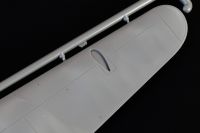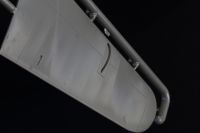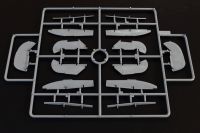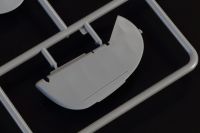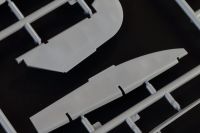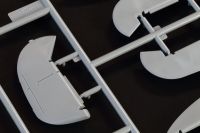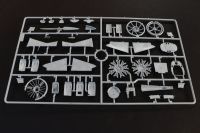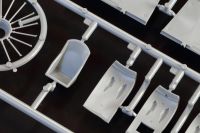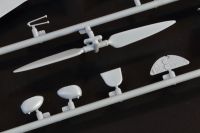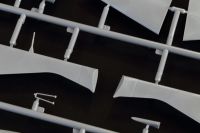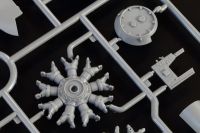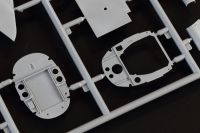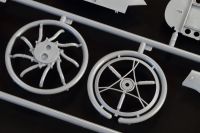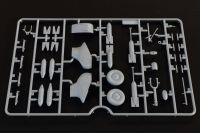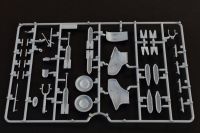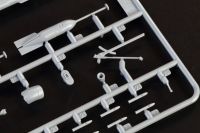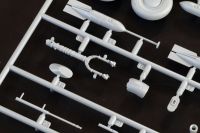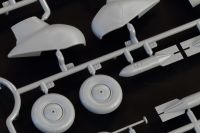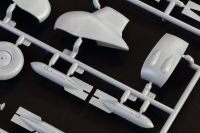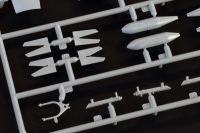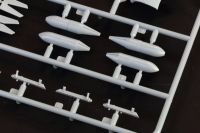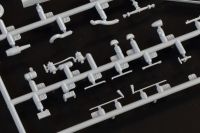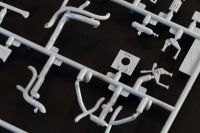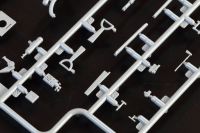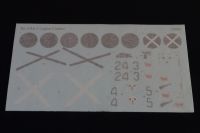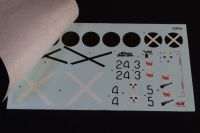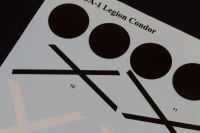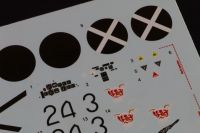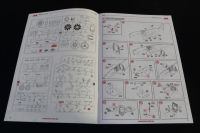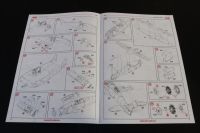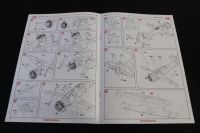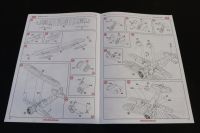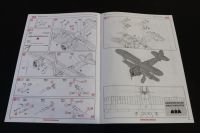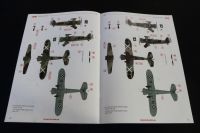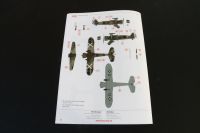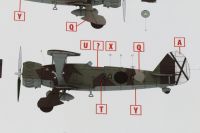ICM | 32016 Henschel Hs 123A Legion Condor
Reviewed by Iain Ogilvie
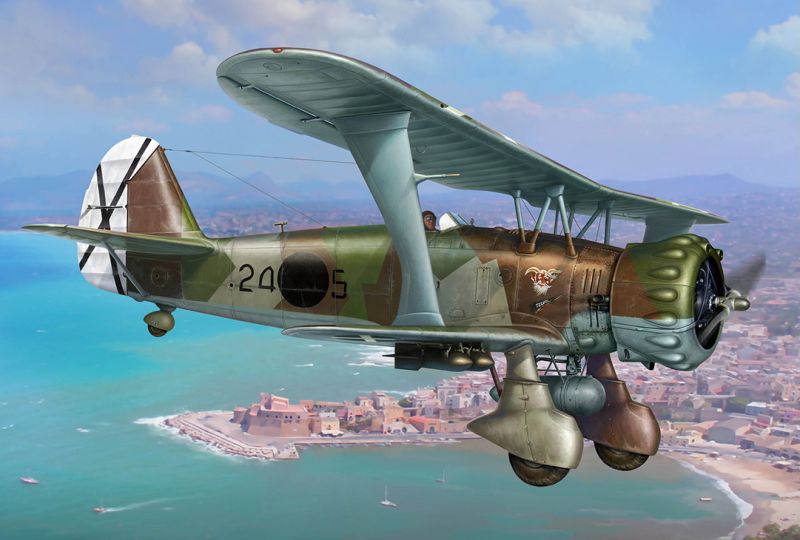
History
The Henschel Hs 123 was a German biplane dive bomber and close-support aircraft used by the Luftwaffe during the late 1930s and early World War II. It was known for its ruggedness and ability to operate from rough airfields, making it well-suited for close air support roles during the early campaigns of the war. Though initially intended as a stopgap measure until the introduction of the Junkers Ju 87 Stuka it continued in service a lot longer than originally envisaged. The Hs 123 saw extensive use in the Spanish Civil War, Poland, France, and on the Eastern Front.
Development and Design:
The Hs 123 was designed in response to a 1933 Luftwaffe requirement for a single-seat dive bomber.
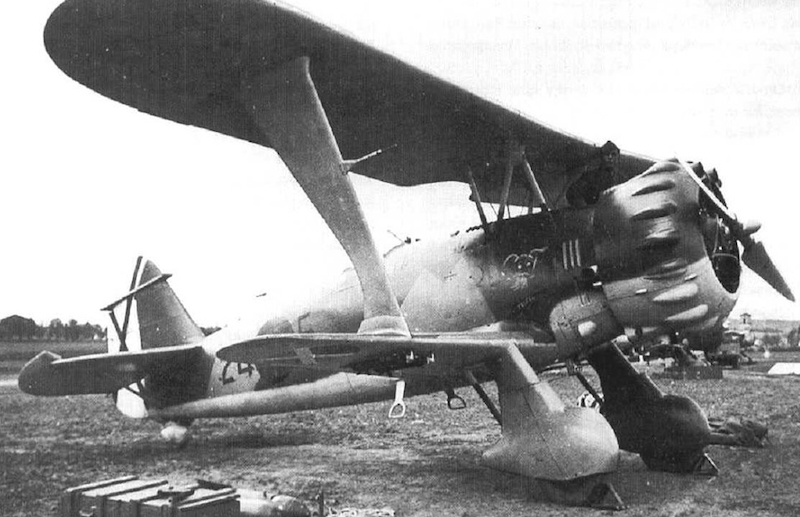
An all-metal, single-bay sesquiplane (one main wing and a smaller lower wing), The aircraft was powered by a BMW 132 radial engine and armed with two 7.92 mm machine guns. It could carry a variety of bombs, including a 250 kg bomb under the fuselage and 50 kg bombs under the wings.

Notable for its maneuverability and ability to recover from near-vertical dives, the Hs 123 was initially intended to be replaced by the Ju 87, but the Hs 123's ruggedness and suitability for close air support roles kept it in service longer than planned.
Operational History:
The Hs 123 first saw combat in the Spanish Civil War with the Legion Condor, where it reportedly impressed with its effectiveness.
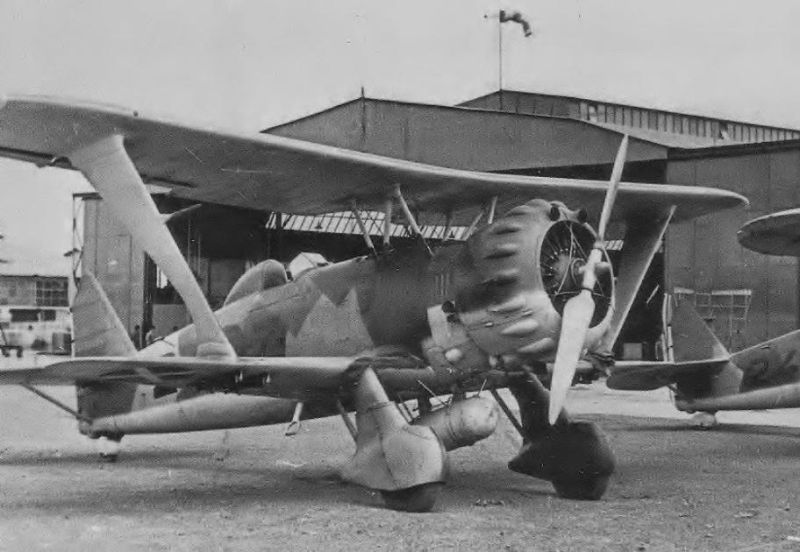
It was used extensively during the early campaigns of World War II, including the invasions of Poland, France, and the Low Countries. On the Eastern Front, the Hs 123 was employed in close air support roles, particularly during the initial stages of the invasion of the Soviet Union.
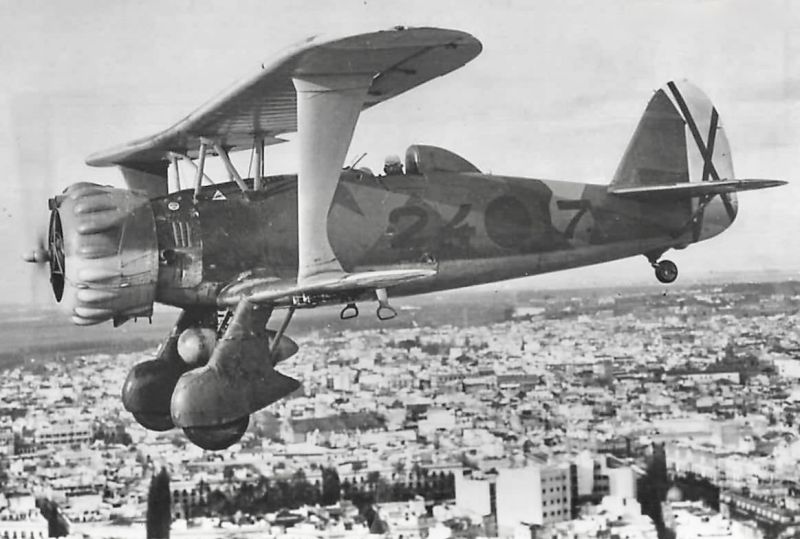
The aircraft's ruggedness allowed it to operate from poorly maintained airfields and in harsh conditions. Despite its obsolescence, the Hs 123 remained in service until 1944, with some units continuing to operate in secondary roles even later. Its ability to operate from forward airfields and provide close air support made it a valuable asset, particularly in the early years of the war.

The Kit
As we've seen with previous ICM kits, the packaging is superb: a lift off top cover, with nice box art, and a more solid corrugated card box with integrated lid below. Other manufacturers take note!
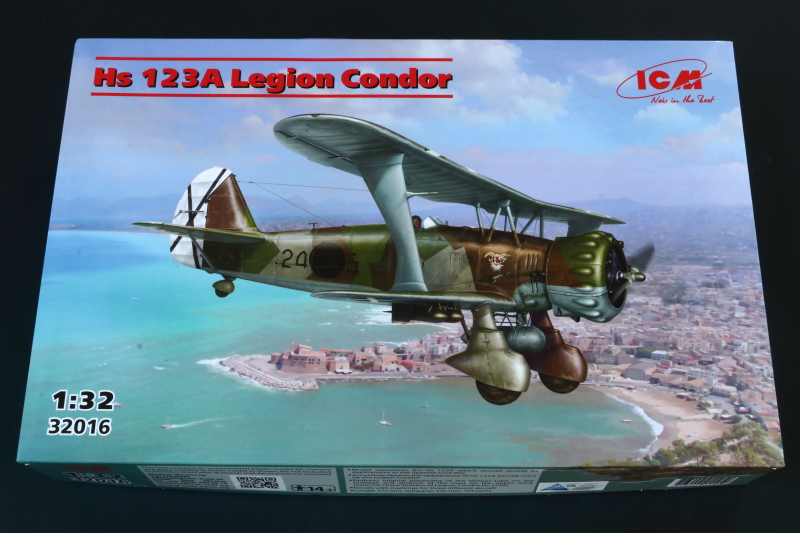

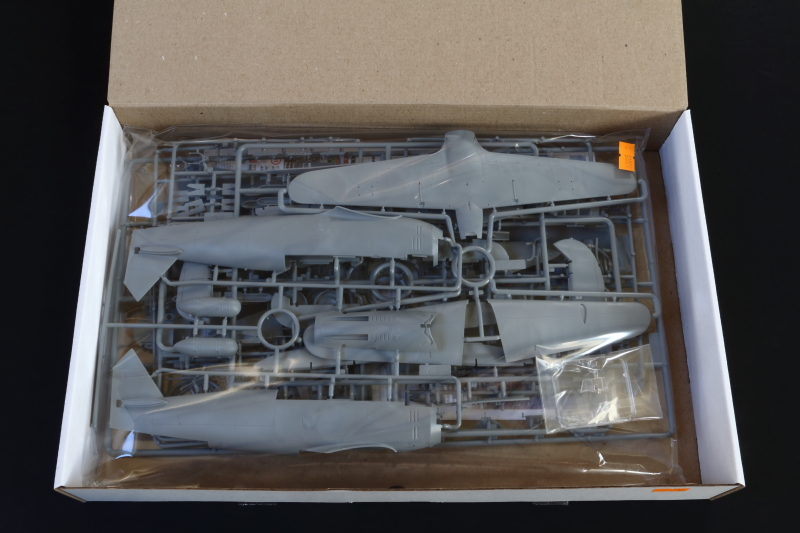
I believe all the ICM Henschel Hs 123 kits contain the same sprues, with just the instructions and decals changing with each boxing. This has an advantage with this release in particular, as, with suitable decals/masks, you could model one of the later Condor Legion airframes, repleat with cockpit fairing and a few other modifications, as illustrated in some of the photos above.
Sprue 'A'
As appears standard across the ICM range, components are moulded in medium grey plastic. Detail is very sharp and surfaces have a slight matt sheen to them.
Sprue 'A' features nicely done fuselage halves, front fuselage upper decking and the external fuel tank:
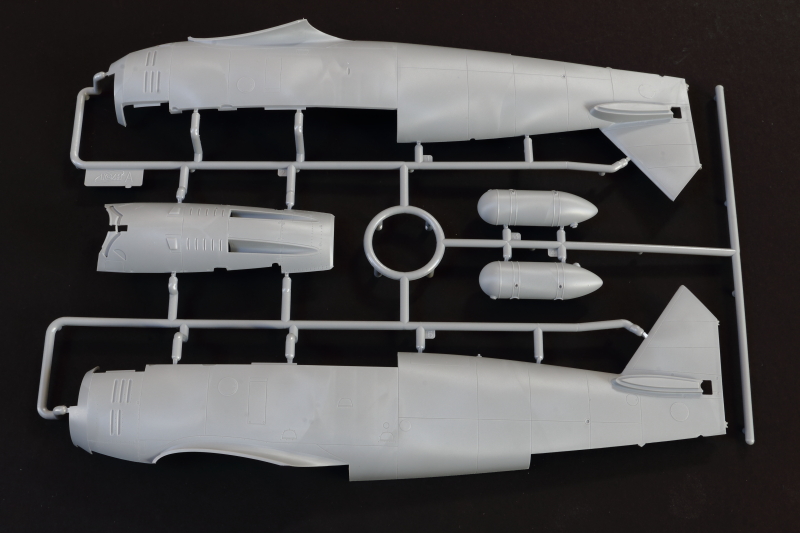
Sprue 'B'
This covers the upper wing, moulded as upper and lower halves.
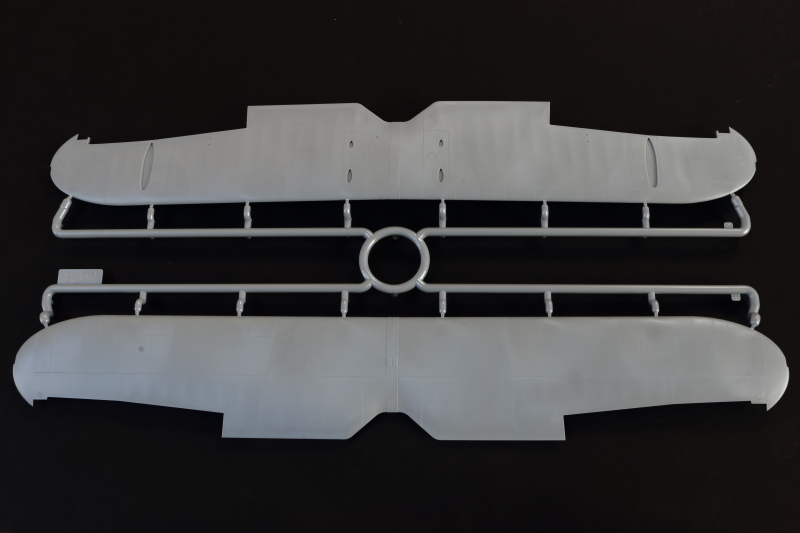
Sprue 'C'
Lower wing, again, upper and lower components.
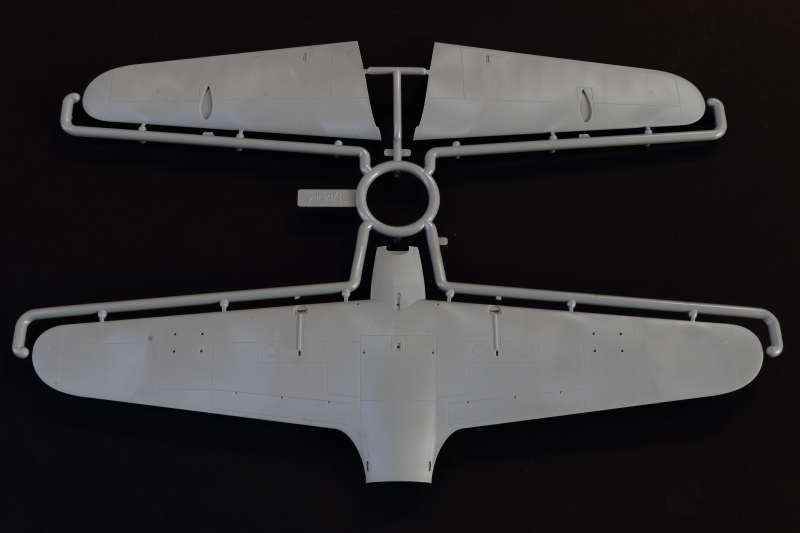
Sprue 'D'
This covers the control surfaces - and optional aileron hinge mounts depending on whether you want to build an early, or later machine. Only one hinge mount type is called out in the instructions as this kit represents an early airframe.
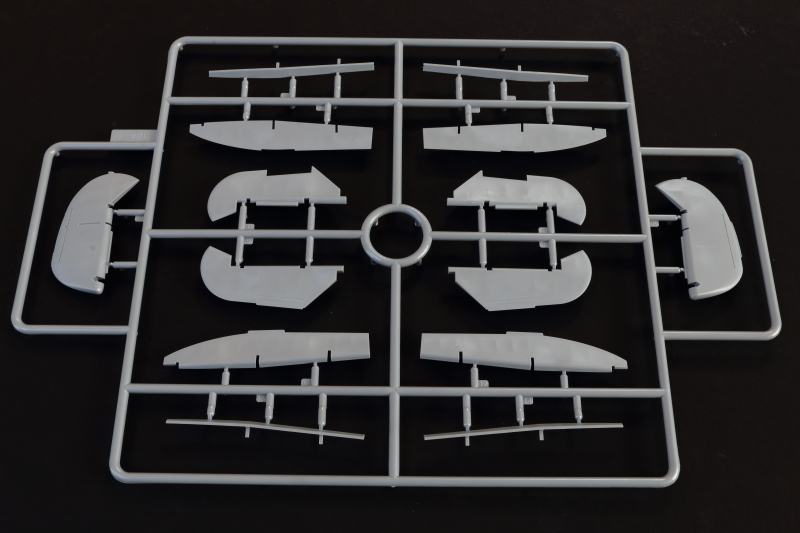
Sprue 'E'
Engine, tail plane, cowling and other details, including interior parts. All nicely done - crisply moulded and with just the right amount of detail. The Cowling looks nicely done but, of necessity, is moulded as separate sections, so some care will be needed in assembly.
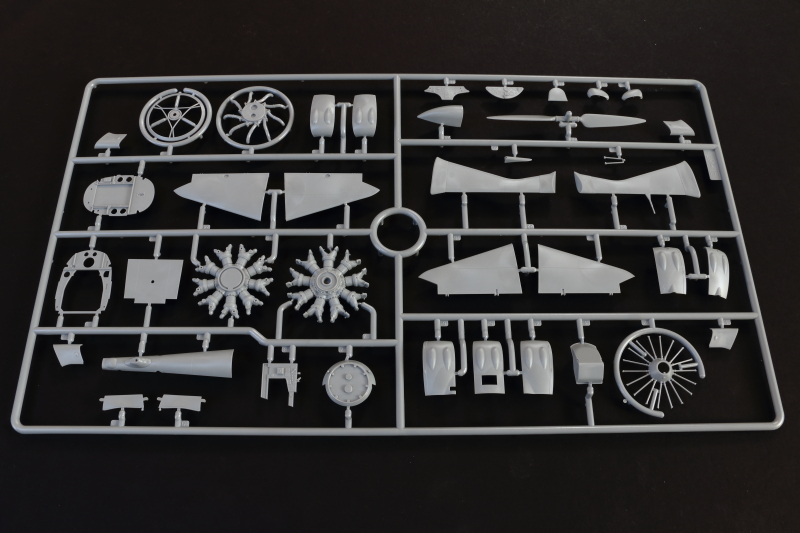
Sprue 'F' x2
Sprue 'F' is repeated twice and features parts for the undercarriage and bombs. A really nice feature is that the full leg detail is provided so that you have the option of modelling the undercarriage without the spats, as seen on many airframes operating on the Eastern Front.
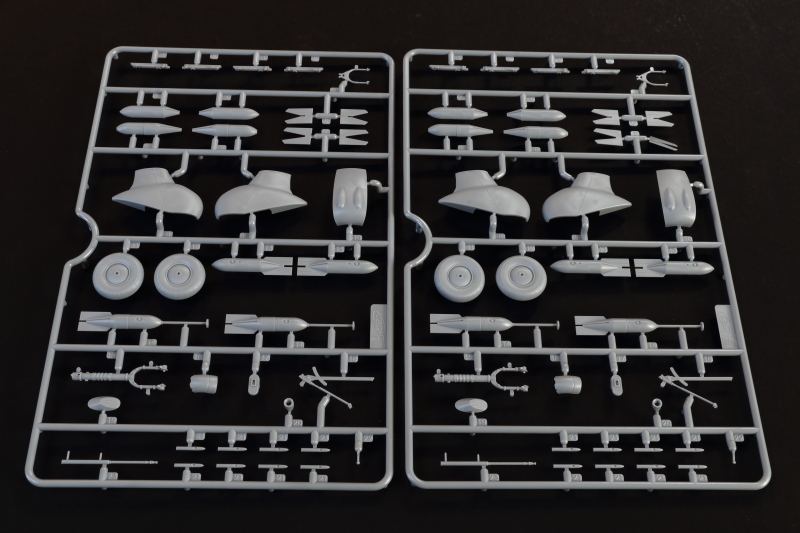
Sprue 'G'
Mainly struts and exhaust sections, along with a number of other details. The exhaust sections in particular are nicely done.

Transparencies
The clear sprue contains the windshield and wing-tip light units. These are packaged in an individual bag, in the main bag with the rest of the parts. The windshield is beautifully clear and distortion free.
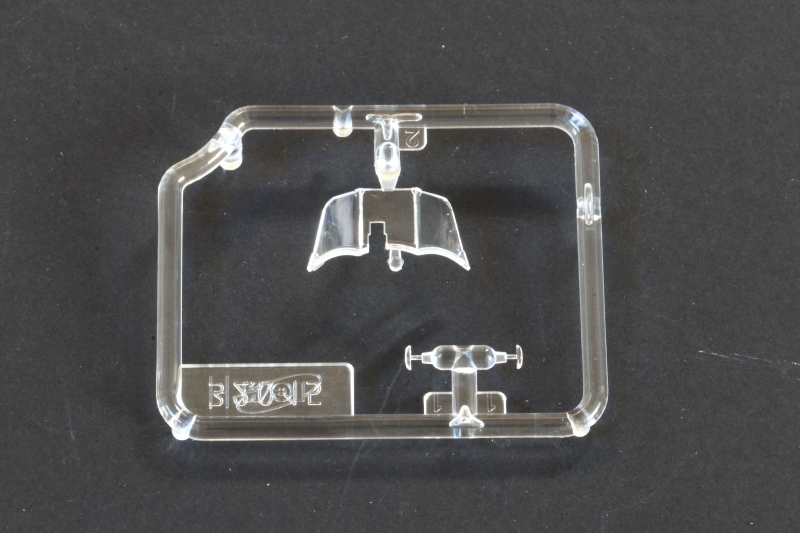
Decals
A single, well printed, decal sheet is provided offering markings for three subjects. As usual with ICM decals colour and density look good, register is perfect and they look nice and thin. They look slightly different to previous sheets I've seen from this manufacture, having a glossy finish, so we'll see how well they perform.
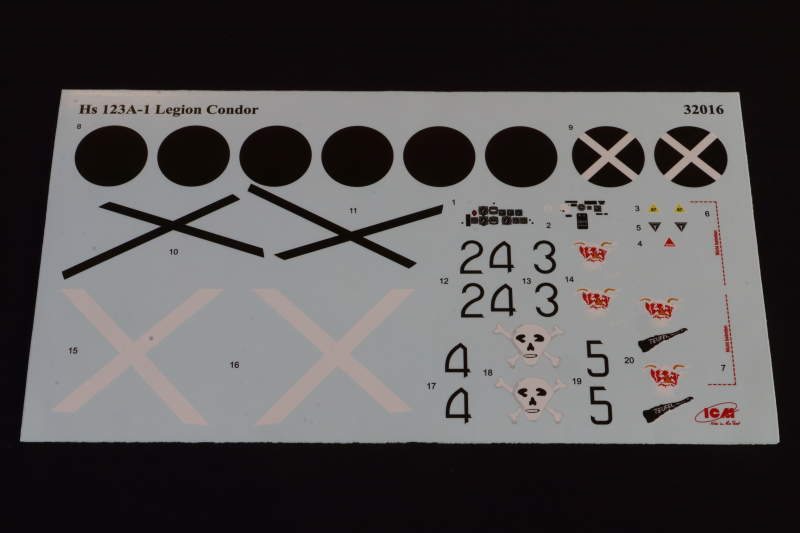
Markings are provided for 3 options - all in the RL61/62/63/65 splinter scheme worn by a lot of pre-war Luftwaffe types:
- Henschel Hs 123A 24-3 of VJ/88, Legion Condor, Spain, 1937
- Henschel Hs 123A 24-4 of VJ/88, Legion Condor, Spain, 1937
- Henschel Hs 123A 24-5 of VJ/88, Legion Condor, Spain, 1937 - as illustrated in a photo near the top of this review
Instructions
The instructions look clear and sufficiently detailed. In a break from previous ICM kits I've seen, colour call outs refer to the range of ICM paints only.
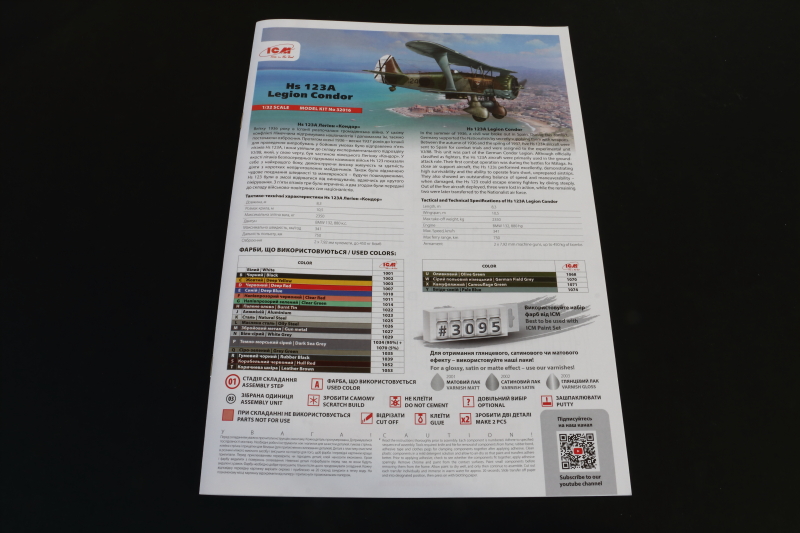
ICM Paints
A leaflet is included introducing the ICM range of paints, which I have to admit I haven't tried yet.
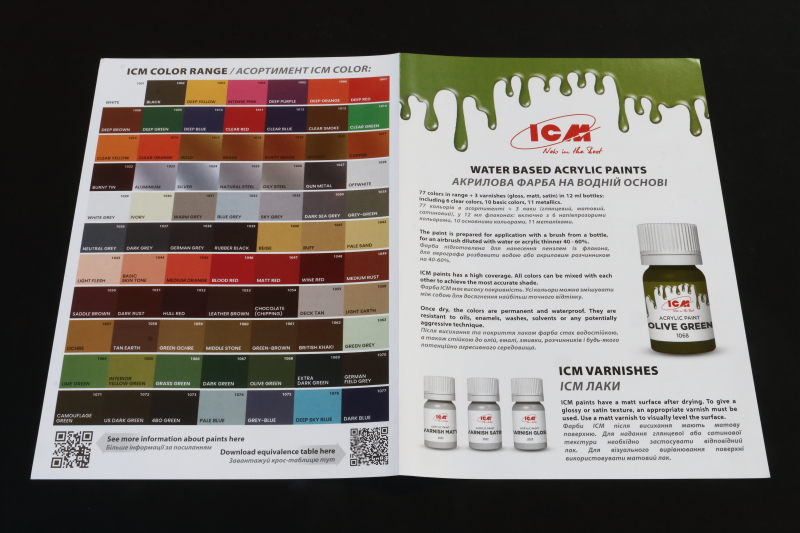

Conclusion
Overall another superb release from ICM that fills an important gap in available subjects. As we've mentioned in other reviews, it would have been nice to have had some seat straps included, but the overall formula of accurate shapes and fairly simple breakdown of parts just works!
If I were to have one, very minor, gripe it would be the markings options: I'd have liked to have seen an option for a later Condor Legion airframe with the cockpit fairing - as illustrated in some of the photos at the top of this review.
I've now said this on several occasions, but ICM have rapidly become one of my favourite manufacturers: the simplicity of approach, accuracy of shape and very competitive prices make for an excellent combination. This is yet another new kit from ICM that carries the very highly recommended label!
Review courtesy of my wallet.
© Iain Ogilvie 2025
This review was published on Tuesday, August 05 2025; Last modified on Thursday, August 07 2025

